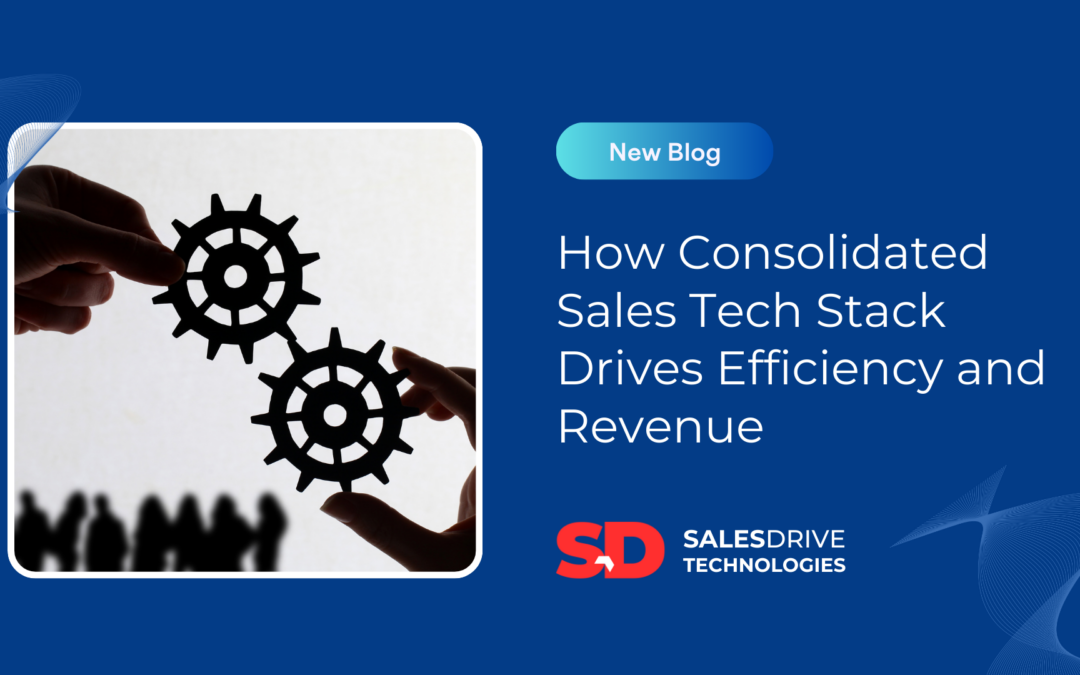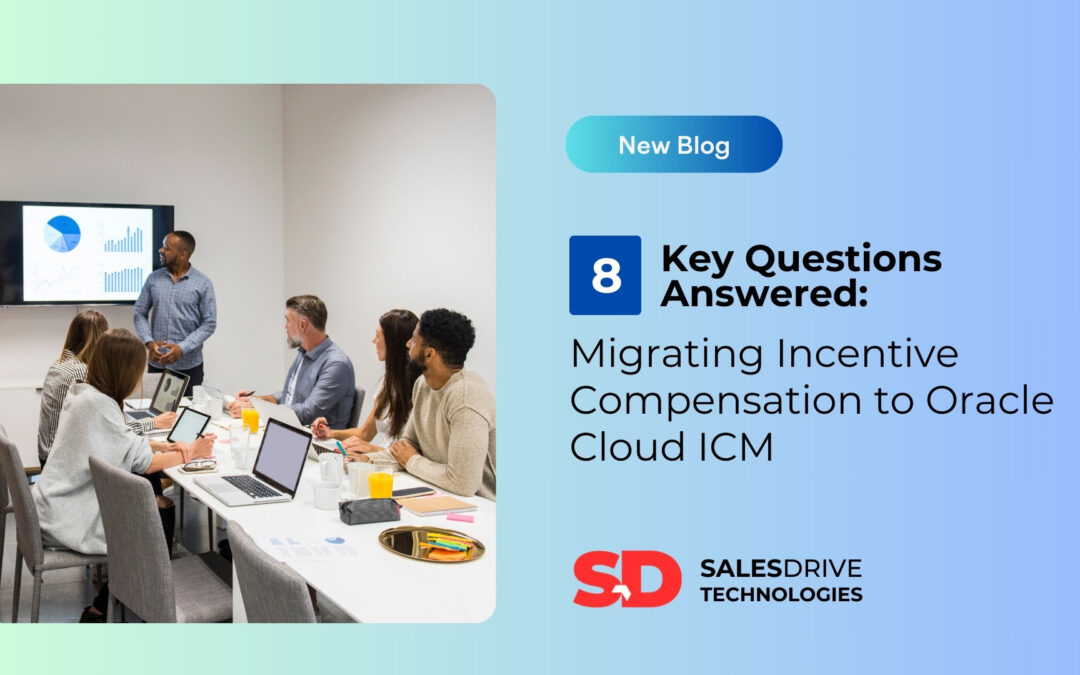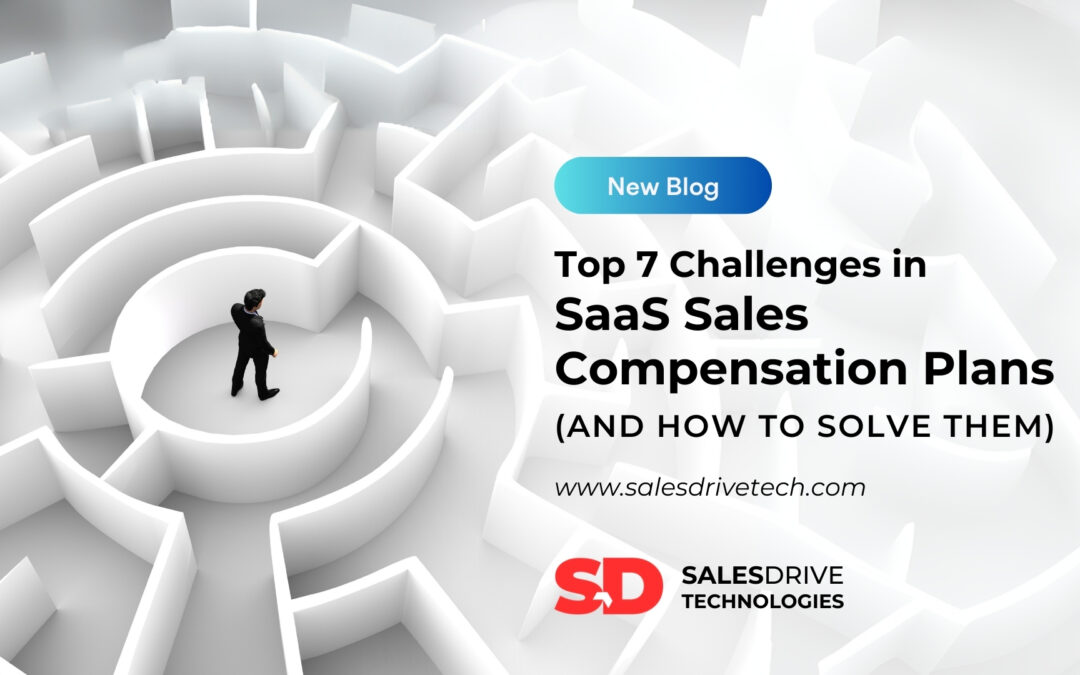Amidst the post-COVID WUCA economy, organizations are on the lookout for fresh and inventive methods to inspire their employees beyond conventional performance-based incentives. “From Performance to Purpose: Unpacking the Latest Motivators Behind Incentive Programs in Organizations” delves into the evolving landscape of employee motivation, focusing on the shift towards purpose-driven incentives. This research highlights the importance of aligning incentives with employees’ values and aspirations, as they increasingly seek meaning and fulfillment in their work.
For mid-level sales administrators who implement incentive compensation plans, this analysis explores the latest trends in incentive programs, emphasizing the power of purpose in driving employee engagement and productivity. The study showcases inspiring leadership initiatives and innovative recognition programs that help create a more meaningful workplace environment. By leveraging this valuable knowledge, administrators can transform their organization’s incentive strategies and unlock the full potential of their workforce.
Evolving trends in incentive programs
In today’s rapidly changing business landscape, it is crucial for organizations to stay ahead of the curve when it comes to motivating and engaging employees. Traditional performance-based incentives, such as monetary bonuses and promotions, are no longer sufficient to inspire and retain top talent. Employees are seeking something more profound and meaningful from their work experience. As a result, organizations are shifting their focus towards purpose-driven incentive programs that align with employees’ values and aspirations.
Purpose-driven Incentives: Organizations are embracing purpose-driven incentive programs that connect employees with the larger mission and values of the company. By aligning incentives with meaningful goals, employees feel more motivated and engaged.
Personalized Rewards: A one-size-fits-all approach is becoming less effective. Instead, organizations are customizing incentives to suit individual employee preferences and aspirations, recognizing that different motivations drive different individuals.
Non-Financial Incentives: Beyond monetary rewards, non-financial incentives are gaining traction. These can include recognition, flexible work arrangements, career development opportunities, or social impact initiatives.
Wellness and Well-being Incentives: Employee well-being is a priority, and organizations are incorporating wellness programs and incentives to support physical and mental health. This may involve gym memberships, mental health resources, or stress-reduction workshops.
Skill Development and Training: Investing in employees’ professional growth is seen as a valuable incentive. Providing opportunities for skill development and training not only benefits the employee but also enhances the organization’s capabilities.
Employee Recognition: Timely and meaningful recognition of employees’ contributions is gaining importance. Organizations are implementing regular recognition programs that celebrate achievements and boost morale.
Peer-to-Peer Recognition: Encouraging employees to recognize and appreciate each other’s efforts creates a positive and supportive work culture. Peer-to-peer recognition fosters a sense of camaraderie and teamwork.
Social Impact Initiatives: Employees are increasingly interested in working for organizations that contribute positively to society. Incentive programs that involve volunteering, community outreach, or sustainability efforts resonate with socially-conscious employees.
Gamification: Employing gamification elements in incentive programs adds an element of fun and competition. Rewarding employees for achieving certain milestones or goals can enhance engagement.
Transparent Communication: Openly communicating incentive program details and performance expectations fosters trust and fairness among employees. Transparent communication helps employees understand the criteria for incentives and align their efforts accordingly.
The shift from performance-based incentives to purpose-based incentives
Historically, organizations have relied on performance-based incentives to drive employee productivity. However, research has shown that while performance-based incentives may produce short-term results, they often fail to create a lasting impact on employee engagement and loyalty. In contrast, purpose-based incentives tap into employees’ intrinsic motivations and values, fostering a sense of meaning and fulfillment in their work. By aligning incentives with employees’ purpose, organizations can create a more engaged and committed workforce.
Understanding the importance of purpose in motivating employees
Purpose is a powerful motivator that goes beyond financial rewards. When employees feel a sense of purpose in their work, they are more likely to be engaged, productive, and loyal to their organization. Purpose-driven incentives can range from opportunities for personal growth and development to corporate social responsibility initiatives that make a positive impact on society. By incorporating purpose into incentive programs, organizations can tap into employees’ deeper motivations and create a more fulfilling work experience.
Examples of purpose-driven incentive programs
Many organizations have already embraced purpose-driven incentive programs and have seen remarkable results. One example is Patagonia, an outdoor clothing company known for its commitment to environmental sustainability.
Patagonia offers its employees paid time off to volunteer for environmental causes, which not only aligns with the company’s values but also gives employees a sense of purpose and pride in their work.
Another example is Salesforce, a global leader in customer relationship management. Salesforce donates a percentage of its revenue to charitable causes chosen by its employees, allowing them to contribute to causes they care about while also driving business success.
The impact of purpose-driven incentives on employee engagement and loyalty
Research has consistently shown that purpose-driven incentives have a significant impact on employee engagement and loyalty. When employees feel that their work has a higher purpose beyond just earning a paycheck, they are more likely to be motivated, committed, and satisfied with their jobs. Purpose-driven incentives also foster a sense of belonging and community within the organization, as employees share a common purpose and values. This, in turn, leads to higher levels of employee retention and reduces turnover, saving organizations both time and money.
How to design and implement purpose-driven incentive programs
Designing and implementing purpose-driven incentive programs requires careful planning and consideration. Organizations need to first understand their employees’ values and aspirations to create incentives that resonate with them. This can be done through surveys, focus groups, or one-on-one conversations with employees. Once the values and aspirations are identified, organizations can design incentives that align with these motivations. It is also essential to regularly evaluate and adjust incentive programs based on employee feedback and changing organizational needs.Here is how the step by step process works.
Step 1 – Understand Employee Values and Aspirations: Conduct surveys, focus groups, or individual interviews to gain insights into what motivates and drives your employees. Explore their values, career aspirations, and the impact they want to make through their work.
Step 2 – Align Incentives with Purpose: Based on the information gathered, align the incentive program with the organization’s purpose and values. Ensure that the incentives resonate with employees’ personal and professional aspirations.
Step 3 – Set Clear and Meaningful Goals: Establish clear and meaningful goals for the incentive program. These goals should be specific, measurable, achievable, relevant, and time-bound (SMART). Connecting incentives to meaningful objectives will enhance employee engagement.
Step 4 – Customize Incentives: Recognize that different employees may have different motivations. Offer a range of incentives that can be tailored to individual preferences and aspirations. This personalization increases the program’s effectiveness.
Step 5 – Communicate Clearly: Transparently communicate the purpose, goals, and mechanics of the incentive program to all employees. Make sure they understand how their efforts contribute to the organization’s mission and how they can earn rewards.
Step 6 – Include Non-Financial Incentives: Incorporate non-financial incentives, such as public recognition, opportunities for skill development, or participation in social impact initiatives. These incentives can be just as powerful as monetary rewards.
Step 7 – Foster Collaboration and Teamwork: Encourage teamwork and collaboration by introducing team-based incentives. When employees work together towards shared goals, it reinforces a sense of purpose and camaraderie.
Step 8 – Continuously Evaluate and Adjust: Regularly review the effectiveness of the incentive program. Seek feedback from employees and make necessary adjustments based on their input and changing organizational needs.
Step 9 – Recognize and Celebrate Achievements: Create a culture of recognition by celebrating employees’ achievements and contributions. Regularly acknowledge and reward employees who demonstrate alignment with the organization’s purpose.
Step 10 – Promote a Culture of Purpose: Integrate purpose into the organization’s overall culture and values. Ensure that purpose is reflected in all aspects of the work environment, from leadership initiatives to everyday practices.
Benefits of Using Oracle Incentive Compensation Management Solution for designing and implementing purpose-driven incentive programs
Oracle Incentive Compensation Management Solution simplifies implementing purpose-driven incentive programs for mid-level sales administrators. Its intuitive interface and robust features enable easy alignment of incentives with employees’ purpose and tracking their impact on performance and engagement.
Simplified Design: Oracle Incentive Compensation Management Solution streamlines the design process of purpose-driven incentive programs, making it easier for mid-level sales administrators to create and customize incentives that align with employees’ purpose and aspirations.
Enhanced Alignment: The solution ensures that incentives are closely aligned with the organization’s mission and values, fostering a sense of purpose among employees and motivating them to contribute meaningfully.
Increased Engagement: Purpose-driven incentives resonate with employees on a deeper level, leading to increased engagement and commitment to achieving organizational goals.
Personalization: The platform allows for personalized incentives, catering to individual preferences and motivations, which enhances the program’s effectiveness in driving performance.
Transparent Communication: Oracle Incentive Compensation Management Solution facilitates clear communication of incentive details, ensuring that employees understand the connection between their efforts and the organization’s purpose.
Data-Driven Insights: The solution provides data analytics and reporting capabilities, enabling administrators to evaluate the impact of incentive programs on performance and make data-driven adjustments for continuous improvement.
Flexibility and Adaptability: With its versatile features, the solution can adapt to changing organizational needs and employee aspirations, keeping the incentive programs relevant and effective over time.
Automation and Efficiency: The platform automates incentive calculations and processes, reducing administrative burden and improving overall efficiency in managing incentive programs.
Real-Time Visibility: Administrators gain real-time visibility into the program’s performance, allowing them to monitor progress and address any issues promptly.
Integration Capabilities: Oracle Incentive Compensation Management Solution can integrate with other HR and performance management systems, providing a seamless experience for administrators and employees alike.
Why SalesDrive Technologies is your best partner for implementing Oracle Incentive Compensation Management Solution
When it comes to implementing Oracle Incentive Compensation Management Solution, SalesDrive Technologies is the ideal partner. With their expertise in incentive compensation management and deep understanding of purpose-driven incentives, SalesDrive Technologies can guide organizations through the entire process, from design to implementation. Their team of experienced professionals will work closely with administrators to customize the solution to their specific needs and ensure a seamless transition. With SalesDrive Technologies by your side, you can confidently unlock the full potential of purpose-driven incentives in your organization.
Conclusion: The future of incentive programs and the role of purpose
As organizations navigate the post-COVID WUCA economy, the role of purpose in motivating and engaging employees has never been more critical. The shift from performance-based incentives to purpose-based incentives reflects the changing expectations and values of today’s workforce. By aligning incentives with employees’ purpose, organizations can create a more meaningful and fulfilling work experience, leading to higher levels of engagement, productivity, and loyalty. With the right tools and partners, implementing purpose-driven incentive programs can be a transformative journey that unlocks the full potential of your workforce and sets your organization apart in the competitive business landscape. So, embrace the power of purpose and watch your organization thrive.




